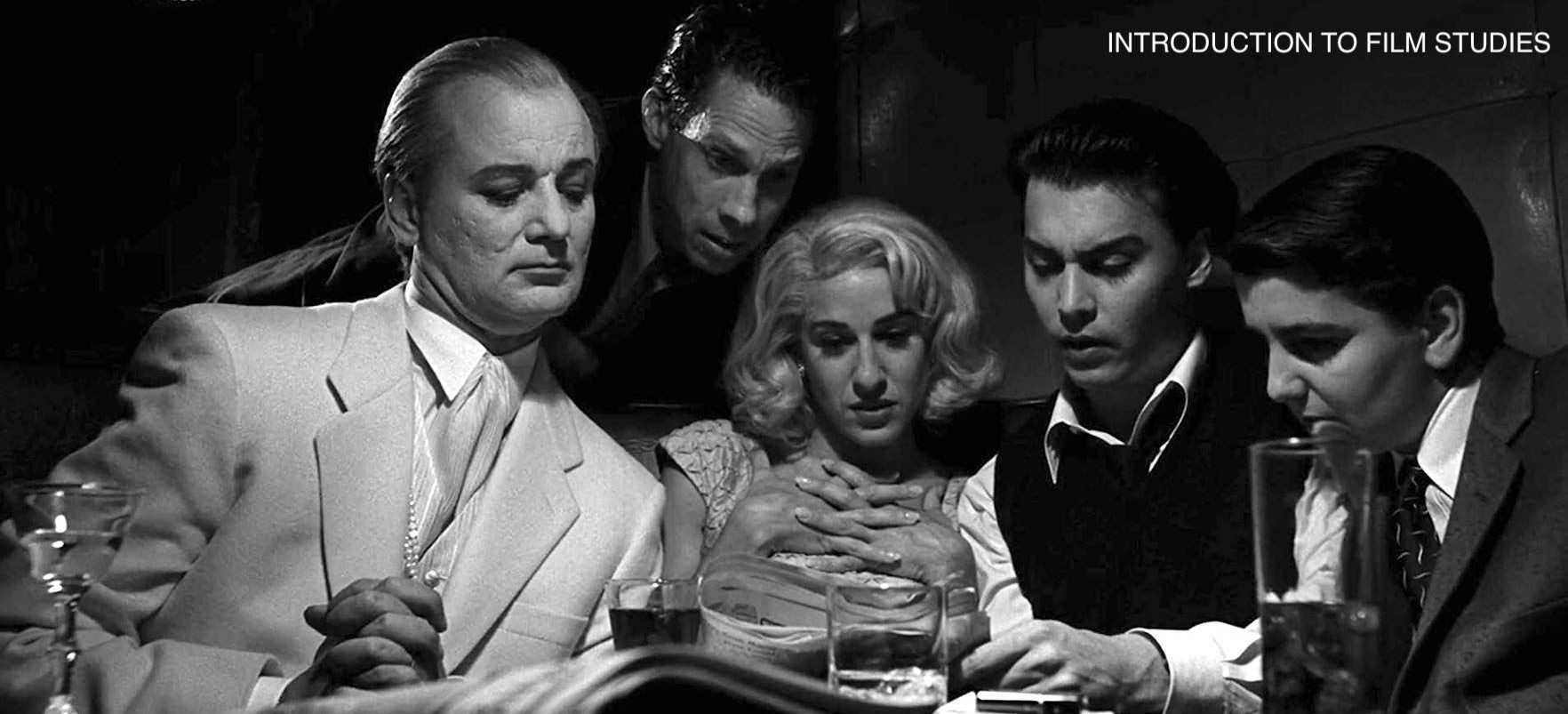This week’s screening was the film The Perks of Being a wallflower, an adaptation of the book written and directed by Stephen Chbosky. The Perks of Being a Wallflower is a coming of age story about beginnings, starting with the first day of high school for the story’s protagonist, Charlie. Charlie goes into high school with a set of expectations, unfortunately the reality falls short. But that doesn’t mean Charlie turns cynical and throws in the towel on his hopes for high school. Although his experience in freshmen year isn’t exactly what he planned initially, Charlie’s open mind leads him through a fruitful year of gaining and growing. Charlie gains a new group of friends that offer him judgment-free support, teaching him the value of being around people that value him. Charlie also begins to grow into himself and his interests, we see a monumental change in character as Charlie becomes entangled in the lives of the social outcasts of the school. Having a group of friends that are both eager to learn about and encourage Charlie’s interests helps him gain a sense of confidence and presence in himself. One of my favorite scenes in the movie is when Charlie’s sister gives him the mixtape ponytail Derrick made for her, something that is humorous in its over-the-top gesture for her, but ends up being endearing when Charlie discovers his favorite, song “Asleep” by The Smiths, and it becomes a recurring symbol in the movie. But, like adolescence, the hard times hit just as hard as the good. Charlie is kind, observant, empathetic, and good-hearted, but his social skills are a bit underdeveloped. Loneliness and confidence play a large part in Charlie’s ability to connect with those around him and achieve the experience he desires from high school. As Charlie becomes a part of a larger social circle he becomes keyed into the complex lives and relationships of those around him, often facing troubles of his own in new relationships, recreational drugs, and saying goodbye to those he loves. But the most complex person he begins to know is himself.

(The next paragraph speaks about subjects that could be triggering, please be mindful)
The Perks of Being a Wallflower is filled with the humor and beauty of life through a teen’s eyes, but it also brings in a sense of realness. This film shows an accurate depiction of trauma and repressed memory. Trauma isn’t something that can be controlled, for Charlie and many other victims of childhood sexual abuse, his brain repressed the memory of that trauma in order to protect him. The hard thing about repressed trauma is that it never calls before it makes a visit, it is often triggered by an event, taste, smell, object, or similar experience to that of the original trauma. And it never gives a straight answer to how long it will stay. Charlie’s memories of the trauma he endured come in fragments leading up to his realization of what exactly happened, his breakdown is a result of having to experience that trauma again through memory. One thing I appreciated was the tasteful handling of how Charlie’s trauma was shown to the viewer. Charlie’s character displays the residual effects of childhood sexual abuse on victims who are still unaware that they experienced trauma. I believe that the film alludes to this in Charlie’s shyness and slow opening up to his friends. Trauma takes form in numerous ways and it affects people differently, but films like this show how important representation is for mental health.

It’s been a while since I’ve watched The Perks of Being a Wallflower, I remember seeing it during its hype when it was first released. Although I read the book a few times, I hardly remembered it even though I remember the cultural significance it had on teens during the time. I do have to say, I enjoyed watching it now because of the cringeyness and it’s fun to revisit movies every few years to see if my perspective has changed. I had forgot how much I had loved listening to the soundtrack for it, I still remember the songs although I cannot listen to David Bowie’s “Heroes” anymore (maybe in 5 more years).

As I had hoped, I gained a lot from this class. It’s pretty hard to complain about a class that requires me to watch movies for homework. I wanted to develop my ability to read a film, I appreciated having in-depth lectures about every aspect of a movie every week because of this. But that is not the end of my curiosity with the film industry, now I just have the right basis to inquire further. I’ve never been fond of blogs, in fact, seeing it on a syllabus places dread in me. However, I lost that sense of dread when I started writing about film. Something about it clicks (I like it?), I even get excited when I think of something I can to add to a piece or if I really enjoyed the topic that week. But I would be lying if I didn’t say my excitement was partially fueled by the quality of understanding that the class material provided us with. Even though we were online, Dr. S’s passion for the medium was still delightfully evident through the zoom window. Thanks Dr. S for making us feel that same excitement about film.





















